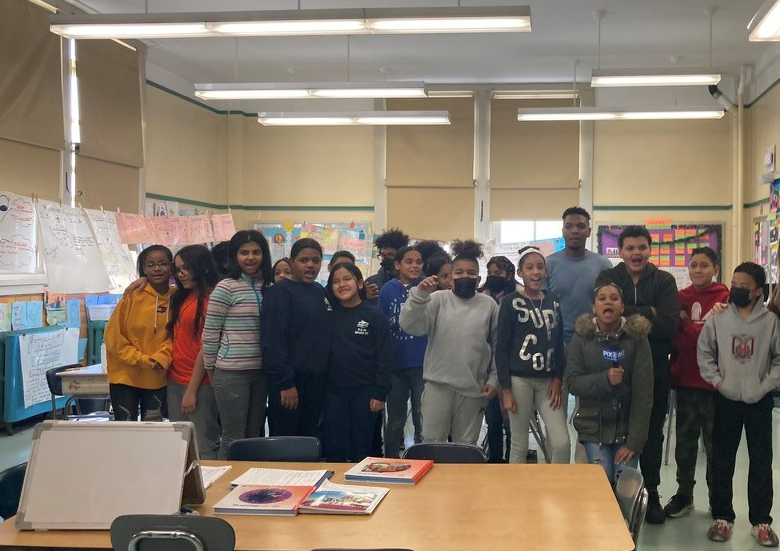How New York City is diversifying its teaching workforce
- New York City has been working to recruit more male minority teachers
- The NYC Men Teach program helps recruits through the application process
- But it may take years to change the teaching pool
(NewsNation) — America doesn’t just have a shortage of teachers. It also lacks educators with backgrounds that match those of their students.
In the 2020-2021 school year, almost three-quarters of the country’s public school teachers were women and 80 percent were white. Meanwhile, about half of students were boys, and around 45% were white.
Students do better when they have teachers who look like them. One study from Johns Hopkins University showed that African American students who had a teacher who was also African American were more likely to attend college. It also found that if a student had a single black teacher by the time they reached third grade, they were 13% more likely to go to college, and having two made them 32% more likely.
That’s why New York City officials have invested in NYC Men Teach, which recruits more male minority candidates from the 15 different City University of New York (CUNY) campuses.
“When you are in college, you’ll probably be the only male in the classroom,” said Angel Bautista, a NYC Men Teach alum who is now in his second year.
“I feel like the kids are also enjoying having me as their teacher because they see themself and every time they share their story, I can relate to them and they can relate to the stories that I tell them about coming up here in New York City,” said Bautista, who immigrated to New York City from the Dominican Republic when he was 12. Many of the students in his Bronx classroom are immigrants and also Dominican, he said.
The program was established in 2015 and is administered in partnership with CUNY, the New York Department of Education and the Mayor’s Office. It offers both academic and financial support to current college students who are interested in teaching.

NYC Men Teach doesn’t so much offer instruction on how to teach — that’s done through the traditional education programs CUNY offers. Instead, it offers support that would help nontraditional teachers pass successfully through the teaching pipeline.
“We focus on branding and really helping to professionalize individuals that are striving to become teachers,” said CUNY NYC Men Teach Program Director William Anders. NYC Men Teach helps applicants with everything from building resumes to writing cover letters to navigating the interview process.
Bautista credits the program with helping him get through the teaching certification process in time.
“The program helped me guide myself and make sure that I was on the right path, making sure that I was hitting those deadlines, because they are also very strict with the deadlines,” he said.
Anders said they are still collecting data on how many teachers the program has successfully helped enlist in the city’s schools. However, he noted that they currently have 600 students who are actively participating in the NYC Men Teach with the intention of becoming teachers. Every year, they bring in around 250 new participants.
Overall, the city has around 75,000 public school teachers. Anders pointed out that this workforce is increasingly diversifying. When the program began around 2015, 7% of New York City’s public school teachers were men from minority backgrounds. By 2022, that number was closer to 17% — although it’s unlikely that NYC Men Teach is solely responsible for the increase.
While New York City’s teacher workforce is more diverse than the typical school district, it has a long way to go if it wants to reach parity with its student body, where over 80 percent of students are African American, Latino or Asian and around half of students are boys.
In the future, NYC Men Teach plans to build out its alumni network and use teachers like Bautista as mentors for students interested in going into teaching.
In the meantime, Bautista would encourage more New Yorkers from his background to jump into the teaching profession.
“Although it’s intimidating, if you do feel like you have the passion and you have that drive, you have that butterfly in your stomach that is telling you that you want to be a teacher, give it a try. … Step in, get your feet wet, and then the program will help you decide and make that ultimate decision to go into teaching,” he said.










